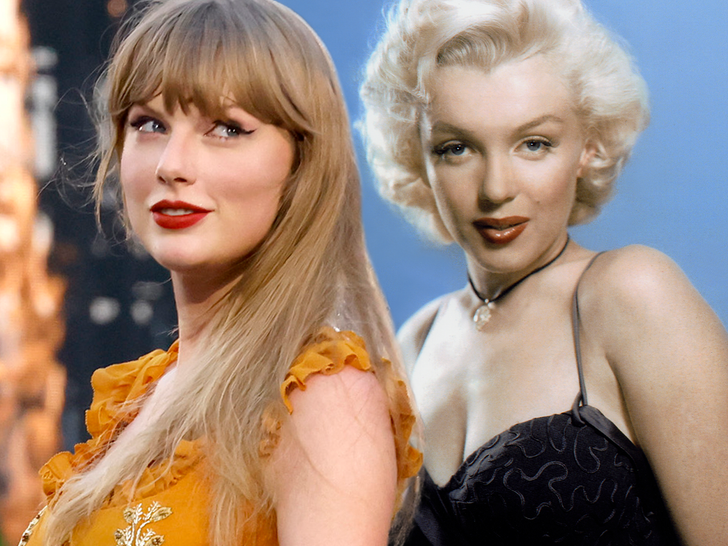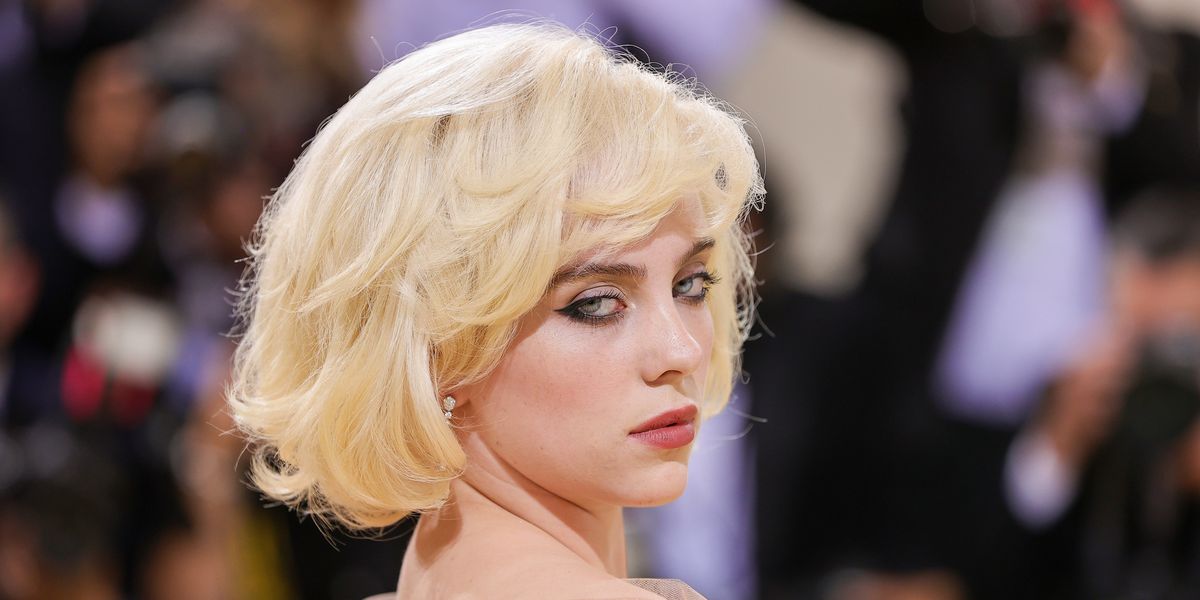In modern world history, few single years have been as tumultuous as 1968. The Vietnam War continued to drag on and had reached an unprecedented level of unpopularity. The assasinations of Martin Luther King, Jr. and Robert Kennedy shocked the world. Protests against the war, for civil rights, and at the Democratic National Convention raged in the streets. On movie screens, another revolution was taking place that reflected the values of the passionate youth movement and rejected the “old ways” of filmmaking. In the years 1967-68, the studio system was taking its last gasping breaths and films like Bonnie and Clyde, The Graduate, Cool Hand Luke, The Producers, 2001: A Space Odyssey, Bullit, and If…. were changing the game in Hollywood and Britain by taking after New Wave movements in France and Italy. The horror landscape was changing as well. Gothic horrors were giving way to modern films both in setting and subject. 1968 was a year of major revolution in the genre with films like Night of the Living Dead, Rosemary’s Baby, and Targets taking the subjects of the new replacing (or in the case of Night literally eating) the old head on. Though not as revered as those three films or as lauded for its propagation of folk horror as its incendiary cousin The Wicker Man, Witchfinder General is every bit as revolutionary as any of those films.
The uncertainty and political unrest of the late 1960s is evident throughout the film though it is set against the historical backdrop of the English Civil War. 1645, when the film takes place, was a time of great division with the Royalists loyal to King Charles I on one side and the Parliamentary Party, under the leadership of Oliver Cromwell, on the other. These were not only political factions but religious: Roman Catholics (called Papists in the film) on the one hand and Puritans on the other. The film depicts, partially out of budgetary necessity, the kind of warfare that was being experienced in Vietnam, with organized and uniformed soldiers on one side and barely seen guerrilla warriors on the other. This was very likely not the case in seventeenth century England, but certainly would have struck a chord with 1960s audiences who watched reports from the far east on the nightly news. Director Michael Reeves reportedly wanted the horrors of war to be even more prevalent in the film with rotting, unburied corpses littering the landscape and cast into ditches, but time and budget would not allow for it. Instead, during a sniper attack toward the beginning of the film, a single corpse is shown several times, the last with the sound of buzzing flies laid into the soundtrack.
Another event that was coming to a head around the time that the film was being produced and released was what would become the decades-long conflict in Northern Ireland. As in the film, this was a political civil war with underpinnings of religious sectarianism between Catholics and Protestants. Witchfinder General takes a fairly complicated view of the various divisions depicted in the film and by extension those in the modern world. The soldiers themselves are portrayed in a generally positive light, but the film condemns the cause they fight for as a breeding ground for evil men to carry out their deeds, chief among them, the lawyer-turned-witchfinder Matthew Hopkins played by Vincent Price in one of his greatest performances. Townspeople are often caught in the middle, their superstitions preyed upon and exploited by Hopkins and his ilk, turning man against his neighbor, family against family, and allowing what we would now call conspiracy theories to run rampant.
With these divisions in mind, it is fascinating that the heroes of the film are from opposite sides of this politico-religious divide. Richard Marshall (Ian Ogilvy) is one of Cromwell’s “Roundheads,” as they were called, while his fiancée Sara Lowes (Hilary Dwyer) is devoted to her “uncle” John Lowes (Rupert Davies), a Catholic priest who took her in as a child. These characters represent a number of things throughout the course of the film, but perhaps above all they represent the possibility of unity between factions and hope that the divisions in the land, be they political or religious, can be healed.
As characters, they also underscore a major theme of Witchfinder General and much folk horror to come—the purity of nature and the earth defiled by the corruption of man, often by his religions. The theme itself is established in the very first shot of the film: the sun shining through the trees, creating a flare in the shape of a cross above a meadow of grazing sheep. This is interrupted by the sound of a hammer and a shot of a man building gallows. A woman’s screams break through as she is being dragged by a crowd, led by a minister reading scriptures about judgement, to be hanged. From these opening moments, the anger that seethes beneath every frame is felt at its full force and hardly lets up even beyond the final moments as the credits begin to roll at the end.
Throughout the film, nature and the natural order is depicted as pure and beautiful including the sex scene early in the film between the unmarried Sara and Richard, which just a few years earlier would be taboo to depict at all on film. Here their lovemaking is sensuous and passionate, but in no way cheap or tawdry. Richard is often seen riding through beautiful landscapes, framed by trees, surrounded by ferns and all forms of greenery. Richard and Sara are symbols of the earth itself in its unsullied form—beautiful, pure, filled with promise and wonder. By extension, Sara’s guardian John Lowes is a man of intellect and reason, the embodiment of a good father, perhaps even of a Heavenly Father. He is a protector and a man of “true” faith who cares for others, the earth, and the order of the world as the God he sincerely believes in created it. In a scene between he and Richard, Lowes laments, “the lack of order in the land encourage strange ideas.” Ideas that breed suffering and death.
Set against these characters representing purity are Matthew Hopkins and his associate John Stearne who represent corruption and hypocrisy, the dark heart of humankind that defiles all it touches. Hopkins is not an idealogue, but an opportunist, who does not believe in anything but himself. He exploits the language of religion and hides behind a false show of faith to gain power and wealth but in no way believes in God or the compassionate work of Jesus. He travels from town to town, coercing confessions out of those the locals accuse of witchcraft and idolatry and is paid by the number of “witches” he roots out. Stearne is a sadist who clearly enjoys torture, stabbing the accused in the back with a large needle is his method of choice. Both are hypocrites, maiming, torturing, and killing in the name of God. The methods they use to identify witches are arbitrary and based on superstitions, leading to the deaths of the “guilty” as well as the innocent. Hopkins offers a stay of execution for Lowes if Sara will sleep with him, which she does. Stearne is a drunkard who frequents local brothels. While Hopkins is away, Stearne rapes Sara, and after Hopkins learns of this, he changes his mind about sparing Lowes because he now sees her as “defiled.”
Vincent Price played many villains throughout his long career but none so cruel and thoroughly unsympathetic as Matthew Hopkins. There is no underlying humor or glint in his eye as there so often was in his performances, only pure heartless evil, made worse by the fact that he does his deeds in the name of God. Critic Danny Peary notes in his essay on Witchfinder General (found under its alternate title The Conqueror Worm) in his book Cult Movies another key aspect of Price’s performance.
“Importantly, Price conveys the scorn that someone of Hopkins’s breeding and intelligence would have for a world which allows him—and even financially enables him—to commit what he knows to be monstrous, sadistic acts. Hopkins is god in an England full of greedy, hypocritical, superstitious people who he feels are inferior to him. He spits on them and debases them by raping their women, taking their money, and executing the few among them brave enough to protest the diabolical acts taking place in their country.”
The character was so loathsome that Vincent Price was often at odds with Michael Reeves on how to play him, and was disturbed by the extreme violence and bleakness of the film.
When Richard returns to Sara, she fears that he will behave the same way as Hopkins did and reject her because she has been with other men. Instead, Richard marries her and swears an oath that he will find Hopkins and Stearne. From this point on, the film becomes something of a revenge narrative. Underlying this is Richard as the “oath keeper,” something he fails at time and again throughout the course of the film. Before leaving to return to his unit, he swears to Sara that no harm will come to her. Of course, harm does come to her and her guardian at the hands of Hopkins and Stearne. He has made an oath to serve Cromwell’s army, but asks for multiple leaves from his post, though he swears to his fellow soldier and friend Robert that he will not “break his oath.” Richard’s final oath is made directly to Matthew Hopkins, that he will personally kill him, but he fails at this as well.
In the end even our heroes, who throughout the film have represented the purity and beauty of nature, have been corrupted by the evil of men. Richard cries out to the soldiers who take mercy on Hopkins by shooting him rather than allowing Richard to continue hacking away at him with an axe. “You took him from me!” he shouts at them as he stands over Hopkin’s bloody corpse, furious that he has been robbed of his final revenge and been forced to break his final oath. Seeing that her husband’s soul has been overtaken by the same kind of evil that infected Hopkins, Sara’s uncontrollable screams echo through the corridors of the castle, as if the earth itself is crying out in horror at the corruption of evil men that eats away at the purity of nature like a cancer. This bleak ending did not sit well with American critics who caught up with The Witchfinder General a few years after its failed release stateside as The Conqueror Worm, but it clearly resonated in Europe where the film was heralded as a masterpiece.
These declarations from Europe helped Witchfinder General to begin developing a cult following in the 1970s due in part to the tragic death of director Michael Reeves from an overdose of barbiturates shortly after the release of the film. His promise as a filmmaker was tragically cut short, but of the few films he made, Witchfinder General is not only his best but encapsulates his rather dim view of human nature, but this has ultimately worked to the film’s benefit. Unfortunately, numerous aspects of the film resonate as strongly today as they did in the late 60s and 70s. We live in a time of deep divisions, distrust of our fellow humans runs rampant, and far too many of our politicians and authority figures resemble Matthew Hopkins. We can hope for a time when the film will not resonate, but this seems unlikely to happen anytime soon. (Yes, this is a rather dismal view of humanity and I hope to be proven wrong).
Because of its dark, cynical tone, bleak outlook, and Price’s uncharacteristically blunt-force performance, Witchfinder General has aged like a fine wine throughout the past half century and has lost little of its power even in such an unsentimental age as ours.
In Bride of Frankenstein, Dr. Pretorius, played by the inimitable Ernest Thesiger, raises his glass and proposes a toast to Colin Clive’s Henry Frankenstein—“to a new world of Gods and Monsters.” I invite you to join me in exploring this world, focusing on horror films from the dawn of the Universal Monster movies in 1931 to the collapse of the studio system and the rise of the new Hollywood rebels in the late 1960’s. With this period as our focus, and occasional ventures beyond, we will explore this magnificent world of classic horror. So, I raise my glass to you and invite you to join me in the toast.


























































![Mason Ramsey – Twang [Official Music Video] Mason Ramsey – Twang [Official Music Video]](https://i.ytimg.com/vi/xwe8F_AhLY0/maxresdefault.jpg)


























